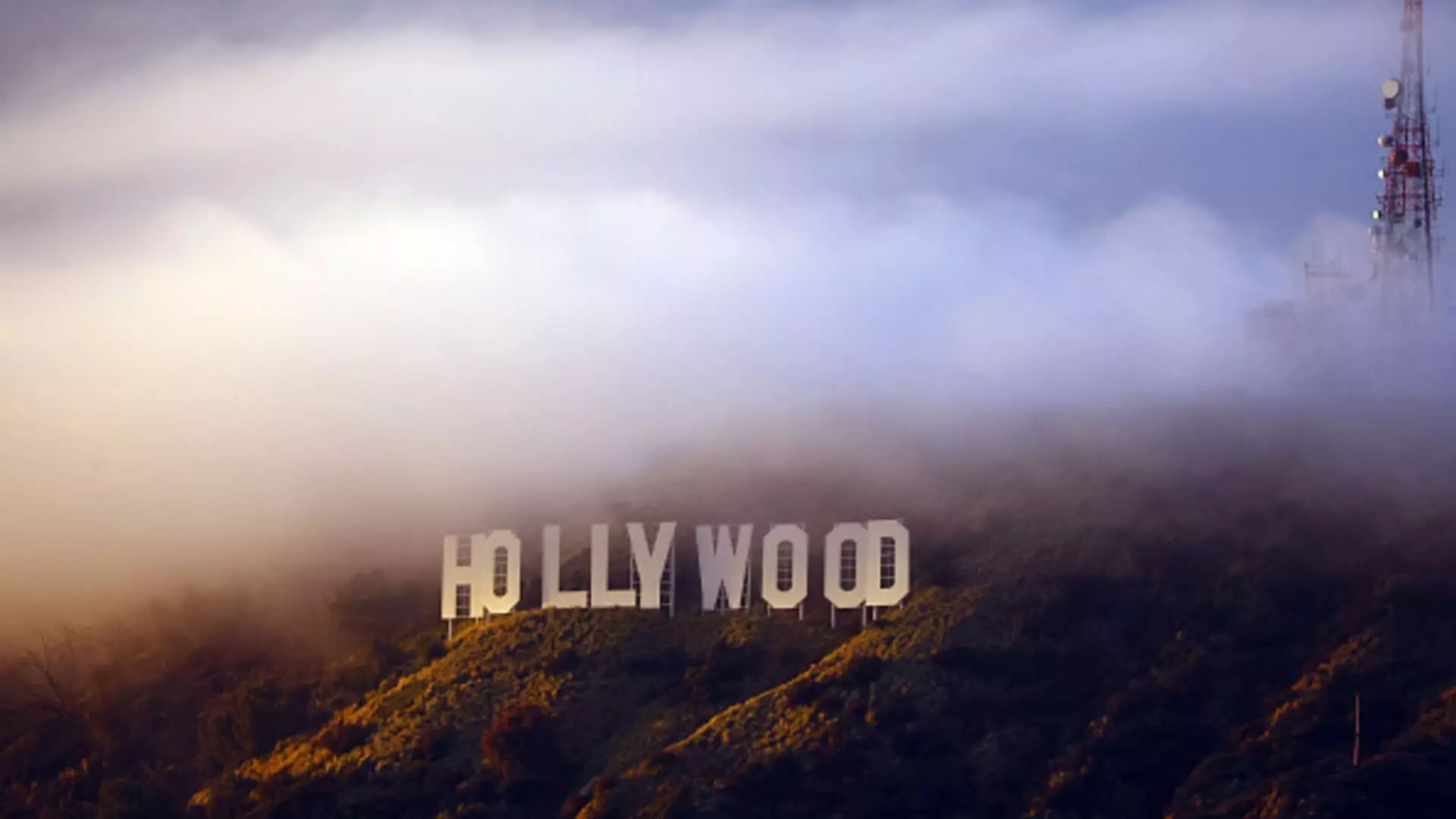The American film industry, a global powerhouse known for its creativity and innovation, has found itself caught in the crosshairs of political tensions and trade disputes. With President Donald Trump having imposed tariffs on Canadian goods, the implications for Hollywood—a sector that has heavily relied on Canada as a prime production partner—could be profound. This article delves into the potential repercussions of these trade policies, scrutinizing how they may reshape the dynamics between Hollywood and its “Hollywood North” counterpart.
Canada’s Role in American Film Production
For decades, Canada has emerged as a favorite locale for American film and television productions, often dubbed Hollywood North due to its robust infrastructure and talent pool. The country offers attractive tax incentives that draw U.S. studios across the border, enabling filmmakers to maximize their budgets while minimizing production costs. Beyond the financial advantages, Canada prides itself on a skilled workforce that contributes to a smooth production process, from cinematography to post-production.
However, the friendly collaboration between Hollywood and Canada hangs in the balance as rising trade tensions threaten to undermine this mutually beneficial relationship. With the implementation of Trump’s tariffs, the concerns from industry insiders become glaringly apparent; if trade disputes escalate, Canada may implement retaliatory measures that could jeopardize its attractiveness as a film production haven.
The Threat of Retaliation
Given Trump’s announcement of 25% tariffs on goods from Canada, the anticipation of a retaliatory response looms large. Canadian Prime Minister Justin Trudeau has boldly declared that the nation will retaliate in kind, which could translate into lifting tax credits for U.S. film studios or even reopening discussions about stringent visa regulations for crew members. This potential backlash not only threatens production schedules but also casts a shadow on long-established ties that have facilitated seamless collaboration across the border.
Industry experts are rightly anxious that these economic barriers could harm Hollywood by driving up the costs of production. Filmmakers rely heavily on a variety of goods—ranging from textiles for costumes to specialty materials for set designs. Should tariffs put pressure on these supply chains, financial strains may trickle down to production budgets, posing risks for studios attempting to maintain profitability.
The potential for increased tariffs on goods imported from Canada and other nations extends far beyond production budgets to consumer spending habits. As companies inevitably pass on these costs to consumers, a rise in the prices of everyday items could lead to tightened budgets for many households. This poses a significant challenge for the entertainment sector, where going to the movies is often considered a luxury entertainment expense.
If consumers are forced to reassess their discretionary spending, then ticket sales could take an unprecedented hit. Hollywood has only recently started to pick up the pieces following the ravaging impact of the COVID-19 pandemic and subsequent labor strikes. The notion of a weakened box office amid external factors raises valid concerns about the industry’s recovery trajectory and future growth.
Despite these challenges, experts maintain a cautiously optimistic view on Hollywood’s resilience. Industry members assert that Hollywood has navigated turbulent times before and can effectively adjust to whatever ramifications arise from the imposed tariffs. Anticipating fluctuations in consumer behavior, studios may need to rethink traditional marketing and engagement strategies to draw audiences back into theaters.
In addition, the promise of highly anticipated blockbuster releases in the coming years could provide the necessary boost to attract audiences, even if ticket prices see a slight uptick. While the uncertainty remains palpable, one can only hope that Hollywood’s vast storytelling capabilities and innovative spirit will continue to inspire and connect with audiences, thus driving cinema attendance in the face of adversity.
As the film industry grapples with the potential fallout from increased tariffs, the ultimate challenge will lie in balancing artistic vision with economic realities. As history suggests, Hollywood has a unique ability to adapt and thrive, providing that it collaborates with seasoned professionals, navigates the complexities of consumer sentiment, and harnesses its creative prowess. The road ahead may be rocky, but Hollywood’s rich history is rooted in resilience, and this will be put to the test once again in the evolving landscape of trade and cinema.

Leave a Reply